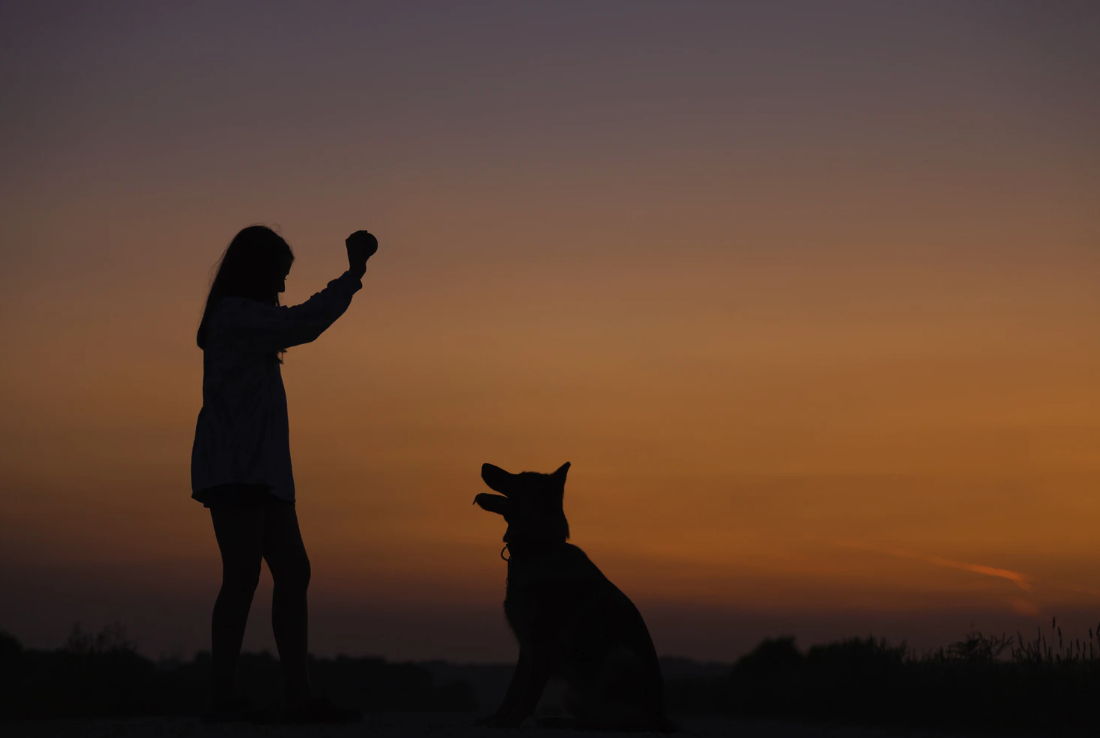How To Care For A Dog With PTSD

Dogs with PTSD. It’s a concept that’s not meditated on often, but with different levels of PTSD and different symptoms, it’s really not as far-fetched as originally thought. Canine PTSD is fairly new and there’s still a lot of debate around it, but veterinarians do believe that dogs can have PTSD as they exhibit signs that mirror PTSD in people.
PTSD in dogs can occur due to various situations. According to Fetch WebMD, dogs may develop PTSD because of…
- Natural disasters such as hurricanes/typhoons, earthquakes, etc.
- Being abandoned in an environment that greatly differs from the previous domestic life like the wild
- The loss of their human(s), or caretaker
- Military combat
- Abuse whether physical or emotional (stressors)
- Traumatic accidents
- Unhealthy and unsafe interactions with other animals such as dog fights

Sometimes, you won’t know exactly what caused their PTSD or their history because maybe it’s not traceable. What’s most important is to be able to identify the possible signs of your dog having PTSD.
Symptoms and signs include….
- Defecating in the house
- Consistent, destructive behavior
- Excessive barking, whining, and howling
- Tucking their tail
- Ears tucked backwards
- Waves of aggression that’s seemingly unprompted
- Panting
- Crouching to the ground
- Nearly impossible to separate; clings to the people they bond to
There will be dogs that exhibit these signs that don’t have PTSD but have anxiety or aggression that come natural with their emotional problems.
If you’re looking to care for a dog with PTSD or other emotional problems that stem from fears, here are some options for you.
Gradually Expose Them to Triggers
A great example on Fetch WebMD is their case scenario for sound. If sounds cause episodes with your dog, get a container of treats and a device where you can easily adjust the volume. This may take numerous times to get through to them, but start at the most minimal volume level and give treats as you gradually increase the volume. This will help condition the dog to be used to louder sounds because of the positive reinforcement through treats in a controlled way.
This is also called positive reinforcement training. It may not yield immediate results, and can take days or weeks or years to accomplish with satisfactory results.
Increase Exercise Activity and Playtime
Spend more time exercising and playing with your dog. It either serves as a distraction or aids in the improvement of their daily, basic functions.
Consult With a Professional
PTSD is not cookie cutter and may require more advice from a pet professional or veterinarian. Research your options in the area and make an appointment. Your fur baby family member might require a special plan for living their best life.

This is just a sampling of tips and how to’s we offer at Pug Life Harness. You can find more tips and tricks that specialize in and zone in on caring for your dog(s) on our blog at this section. Feel free to leave a comment with tips you’re looking for or questions you might have in relation to your dog’s well-being!





















